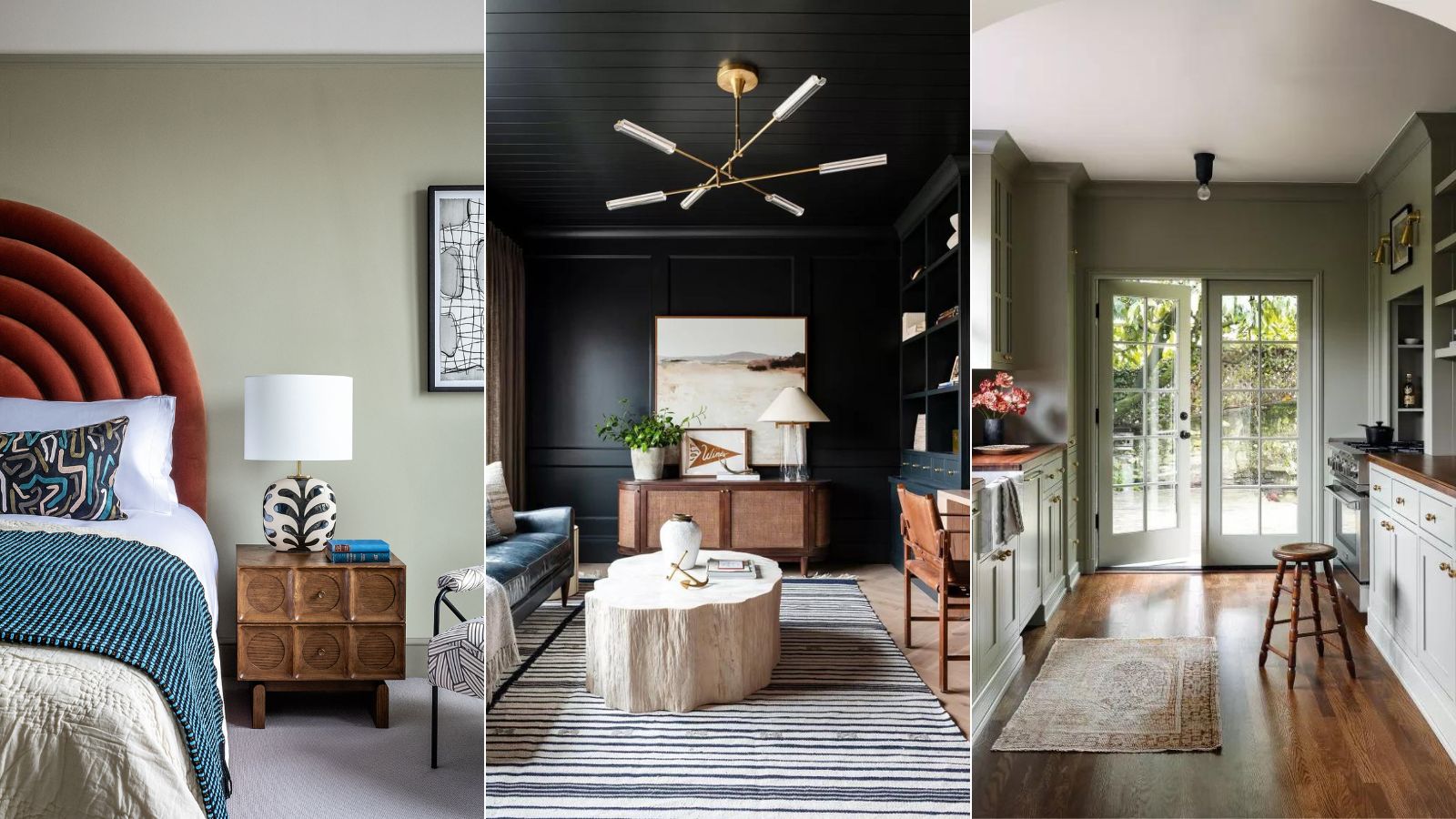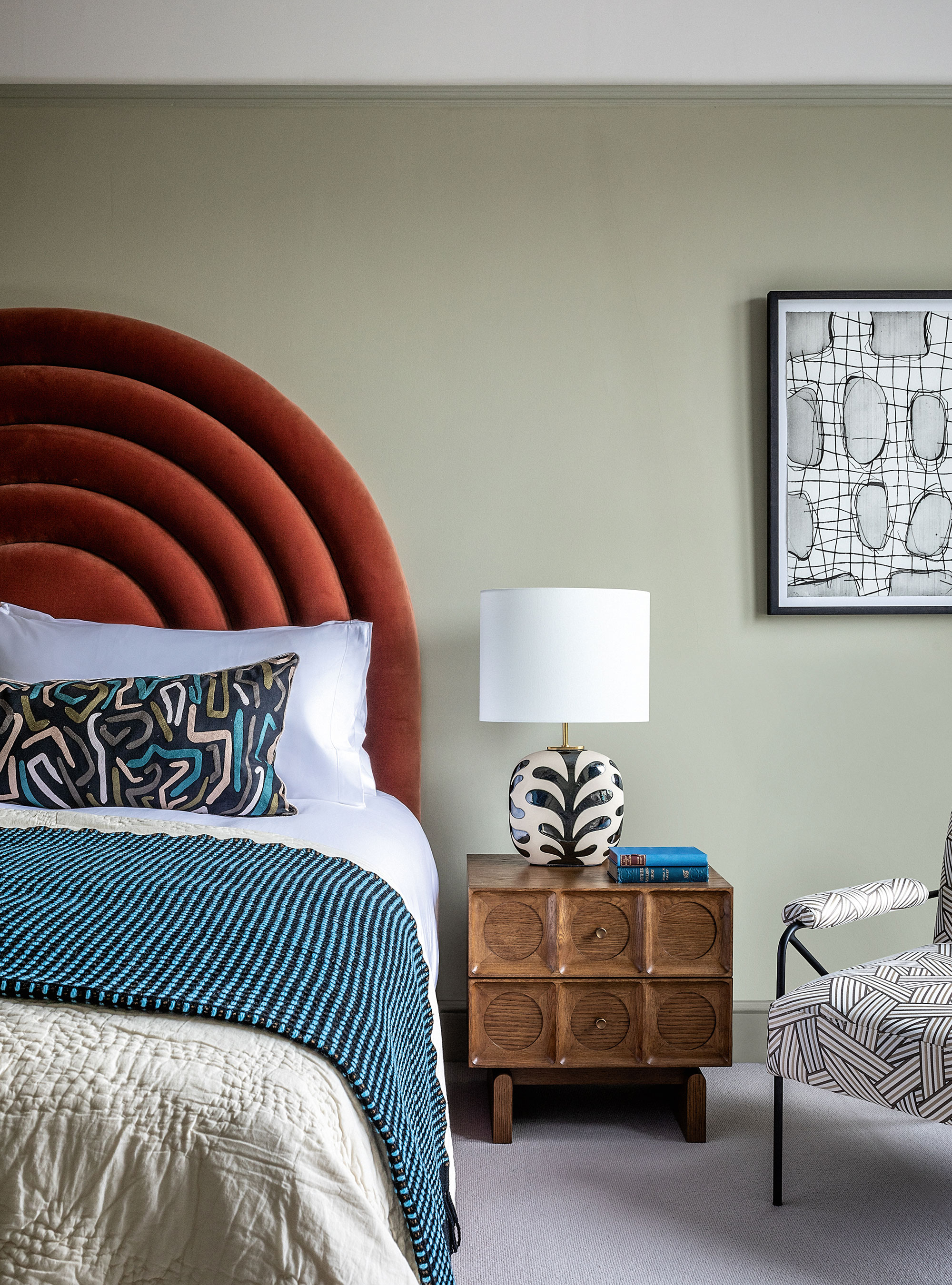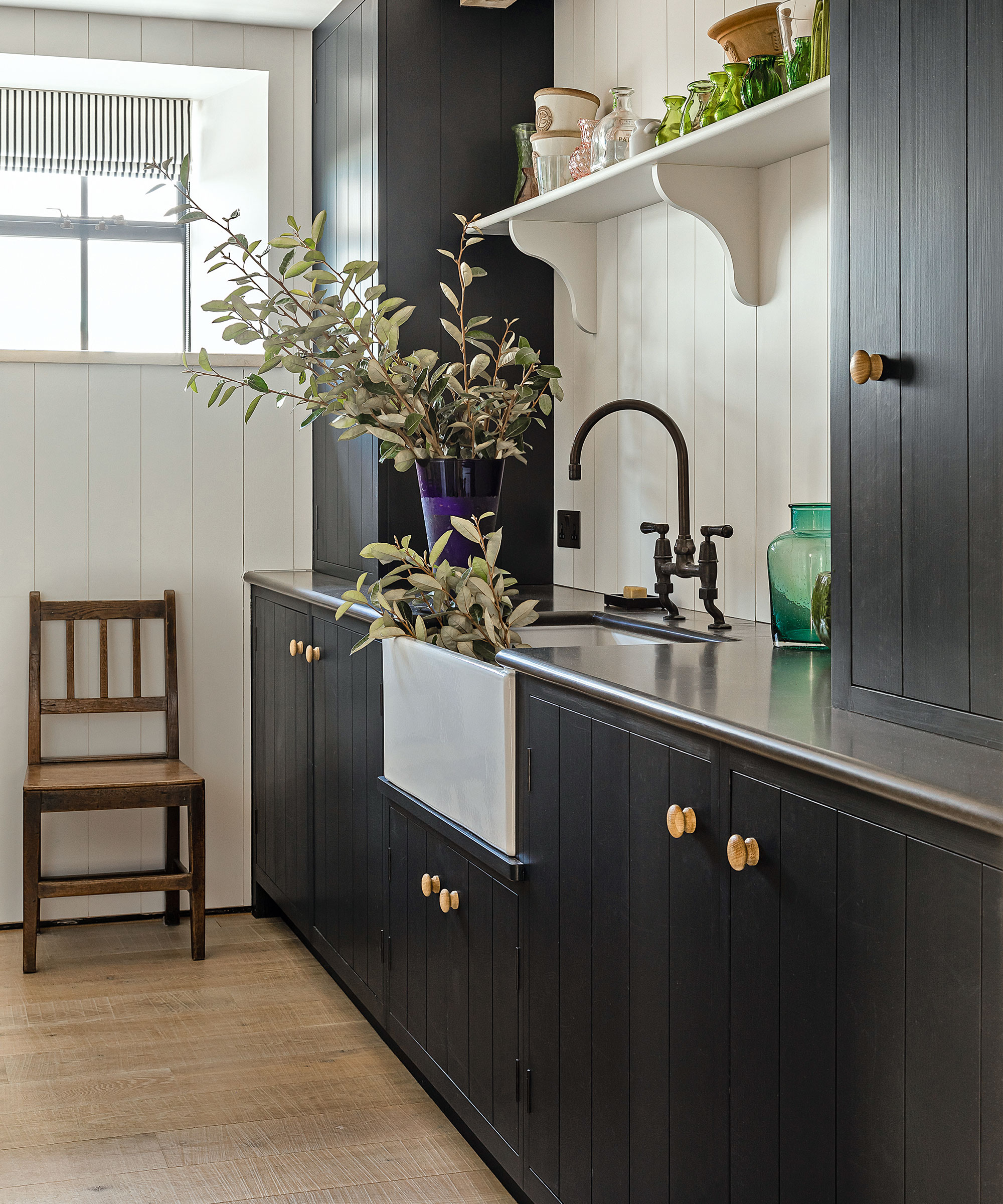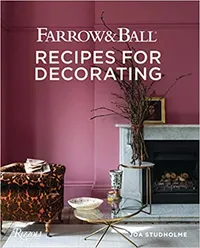5 colors you should never paint a small room – designers warn us to steer clear of these hues, and what to pick instead
Interior designers are ditching certain paint colors in small rooms, and providing alternative suggestions for each palette


It's all too easy to fall foul of paint color mistakes in a small house, so if you are wondering what are the worst colors to paint a small room, then you wouldn't be the first person to ask about this common decorating dilemma.
Getting the color right in a room can be a tricky business. Even with all their experience, it can take time for professionals to make a decision. There is a lot to consider – the size and shape of the space, the available natural light, and its direction, who it is for, how the color makes you feel, etc.
Here interior designers, decorators, and color psychologists reveal the worst colors to paint a room, and how to approach choosing paint ideas for room color schemes that truly sing, from using the color wheel to help you avoid making disastrous color mistakes to finding paint colors that will make you feel happier at home.
Colors you should never paint a small room
Choosing which colors to decorate with for a small room can be a daunting process as there are so many to choose from, but becoming your own color consultant is easier than you think, and we are on hand to help you pick a small room color scheme with confidence.
1. Swap dark blue for light blue

Used in decorating for centuries, serene dark blues are enduringly popular, harmonizing with many hues for gloriously diverse results. However, use dark blue in a small room, and you could be turning your space into a claustrophobic cavern. That's not to say you should turn your back on this popular color palette entirely. Instead, try decorating with blue in its palest variations.
Patrick O'Donnell, international brand ambassador, of Farrow & Ball agrees that light blue is an inspired choice when planning a small room. ‘Sky blue shades can add such joy to a modest home with their inherent freshness but just be careful they don’t appear too chilly as the natural light will have a big impact on their perception.'
‘To get the best out of a blue like this, pair it with neutrals to give it a chance to sing,' says Sarah Davies-Bennion, senior designer, of Kate Guinness Design. 'Mixing it with too many other strong colors will result in a confused look akin to an accident in a child’s paint box – not what you want in a small room.'
Design expertise in your inbox – from inspiring decorating ideas and beautiful celebrity homes to practical gardening advice and shopping round-ups.

Kate Guinness launched her design and decoration studio, based between West London and Wiltshire in the UK in 2016, and has extensive experience working on both residential and commercial projects.
Farrow and Ball: Recipes for Decorating | $43.16 at Amazon
Farrow & Ball is a leading producer of high-end paint and luxury wallpaper, and their design experts share their wisdom for creating harmonious interiors and beautify home décor in this inspirational book.
2. Switch out gray in favor of green-gray

Of all the neutrals, gray is one that instantly brings gravitas, but it is also one of the most divisive colors in interior design.
'Psychologically, pure gray doesn't have any positive qualities,' says Karen Haller, color psychology specialist, teacher, and best-selling author of The Little Book of Color. 'Most of us feel low and want to hibernate when surrounded by gray.' A feeling that is only amplified in a small room.
But if you still love gray, there are still certain shades of gray that look fresh and contemporary. In fact, we adore a gray-green color palette for creating a sense of calm in a small home.
‘As it has this mercurial quality, it works well with an array of colors,' says Richard Angel, co-founder and CEO, Angel O’Donnell. 'Here, we’ve paired it with rust velvet, putty pink and sapphire blue in this client's small bedroom. It also works well with caramel tones and chalky off-whites. It’s a versatile base palette.’
Timeless, elegant, calming – there is a lot to love about painting with a serene gray-green in a small room.

Co-founder of London-based interior design studio Angel O’Donnell with Richard Angel, Ed has a career in design spanning 25 years. He has crafted award-winning interiors for an exciting range of projects – everything from country mansions to Madonna’s Mayfair townhouse.
3. Avoid a stressful red and try subtle pink

Red room ideas can be too intense for small rooms. This rich color reminds us of danger and is known to be the most stressful color in history. It is strong, aggressive, and stimulating, which is why it is often used in warning signs and traffic signals. Physically, red can induce reactions in the body that are similar to stress responses, such as increased heart rate, heightened senses, and higher body temperature, which is why it is best avoided when choosing a paint color for small rooms.
Instead, many designers and decorators recommend decoring with pink. Warm and inviting, rosy shades make a versatile and beautiful backdrop for bolder accent colors.
Warm and inviting, rosy shades make a versatile and beautiful backdrop for bolder accent colors. Pink is also an excellent paint color choice for small rooms as it doesn’t distract or stimulate the brain.
'Color conjures up different reactions in everyone', says designer Sarah Fortescue. ‘Pink warms my heart, cushions my body and I feel its warmth and comfort. There is an infinite spectrum of pinks, however, depending on the room, the history of the house, its scale and function, pinks can vary hugely, but most work wonderfully in modest spaces.'
4. Replace white with a designer-approved beige

Despite being the popular choice for new-build developments, pure white is a color that you should never paint a small room. Doing so can make a modest space look bland, clinical and boxy, and it also amplifies shadows and can make any imperfections more visible – not something you'd wish to see in any home.
Instead, interior designers are shifting their attention to neutrals, such as beige, taupe, stone, and sand. A beige room color scheme offers infinite possibilities for making spaces feel light and relaxing, refined and timeless, or elegantly sophisticated.
Deborah Bass, director, of Base Interior champions decorating with neutrals, but she notes that is not a fail-safe option: ‘Using a neutral tone while avoiding a minimal or stark atmosphere is a delicate balancing act between the natural light, artificial lighting and the other textures and tones used throughout. Sampling on site, in various lights including artificial lighting, and at different times of day cannot be underestimated.’
5. Do away with exhausting orange in favor of cocooning colors

Bright colors like orange, red, and yellow tend to draw attention away from furnishings and accessories and often feel alarming. While orange evokes cheerfulness, energy and optimism in a children's room, in a small room, this vibrant shade can quickly lead to mental exhaustion.
'Too much in a small room, or surrounding yourself with the wrong tone can have adverse psychological qualities,' says color psychologist, Karen Haller. 'It can be seen as childish, frivolous, cheap and unrefined.'
However, if you love color, don't be afraid to go bold. It is a myth to suggest that dark colors don't work well within small room ideas – but ensure they are not jarring or too loud.
‘We would usually lean towards quieter color combinations in rooms that are on the smaller side, but darker shades can work really well within smaller spaces,' explains James Thurstan. 'They create a perception of depth and lend a cocoon-like feel – welcome in any small room in the home.'
FAQ
What colors make a small room look bigger?
A quiet neutral color palette is a fantastic option if you want to make a small room look bigger. Elegant and timeless, neutrals are a stalwart in the interior design world and are commonly used for their space-enhancing qualities and experts believe they are the most relaxing colors.

Jennifer is the Digital Editor at Homes & Gardens, bringing years of interiors experience across the US and UK. She has worked with leading publications, blending expertise in PR, marketing, social media, commercial strategy, and e-commerce. Jennifer has covered every corner of the home – curating projects from top interior designers, sourcing celebrity properties, reviewing appliances, and delivering timely news. Now, she channels her digital skills into shaping the world’s leading interiors website.
